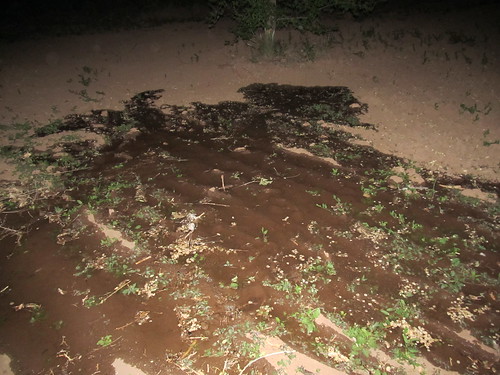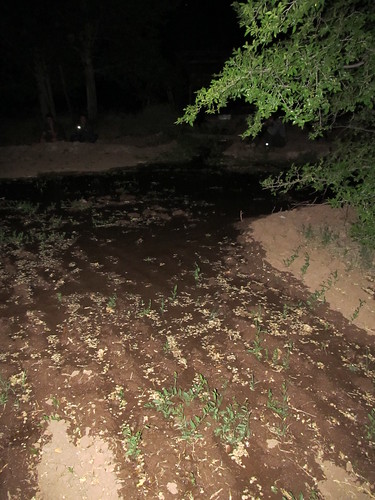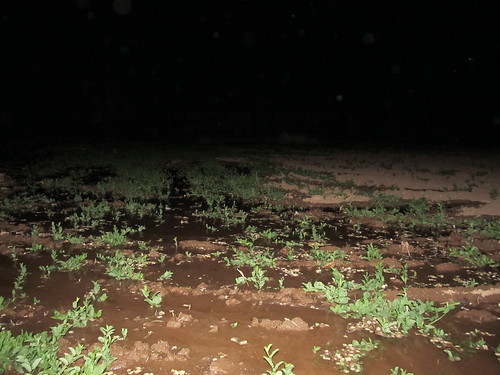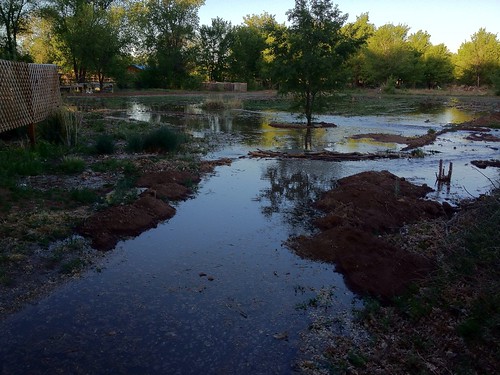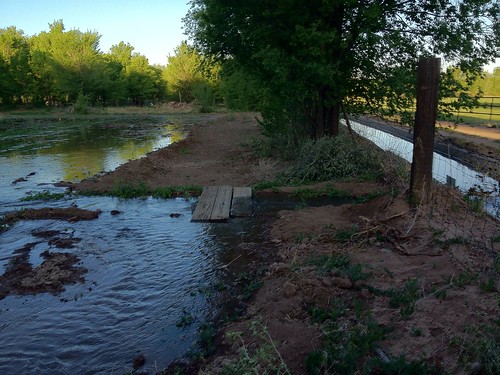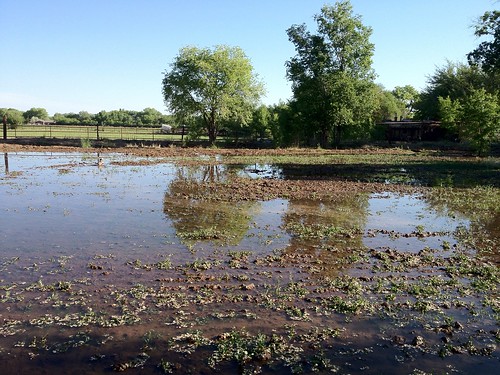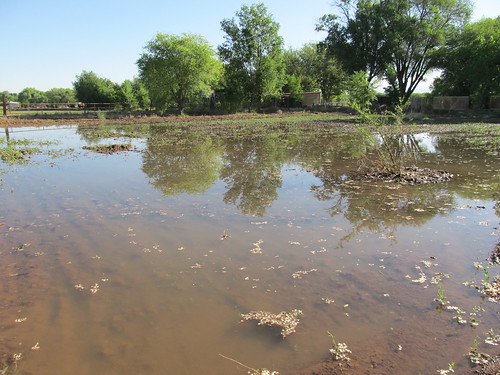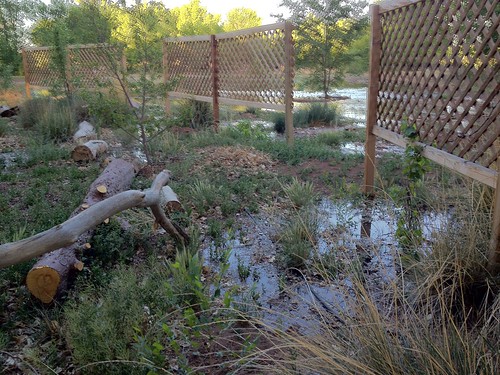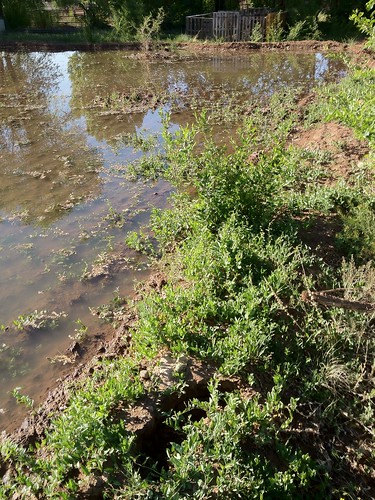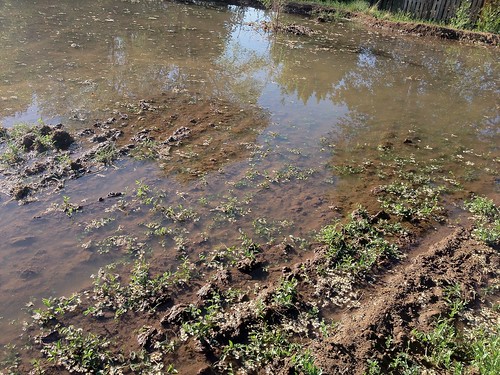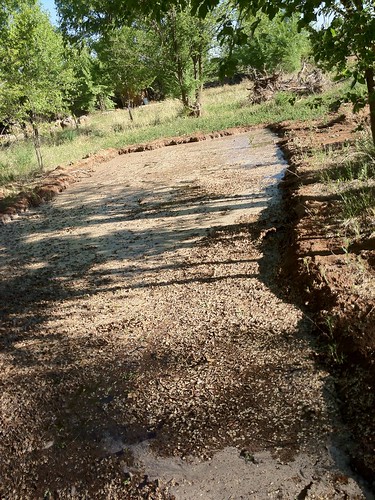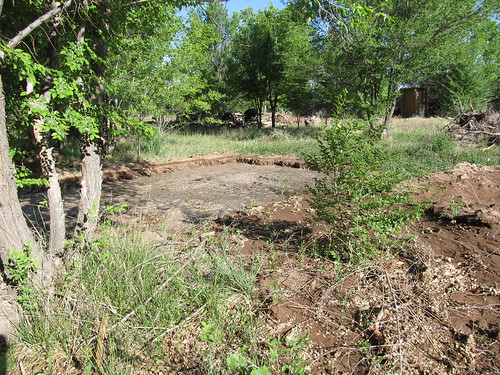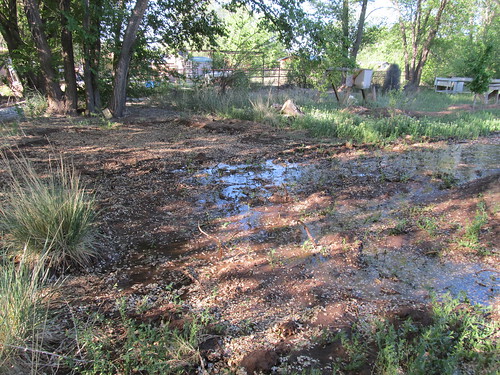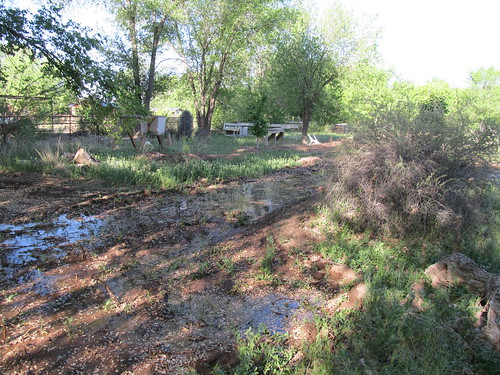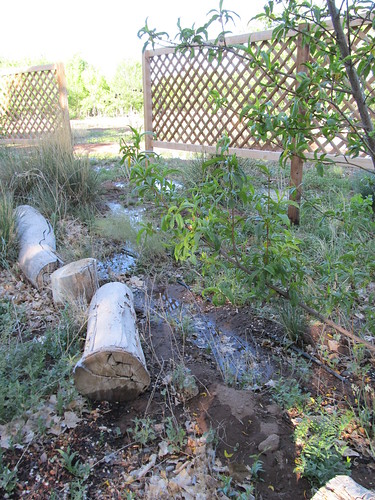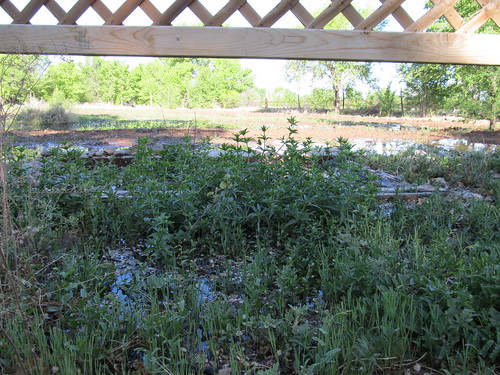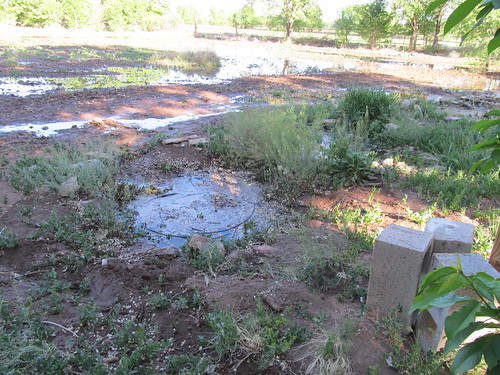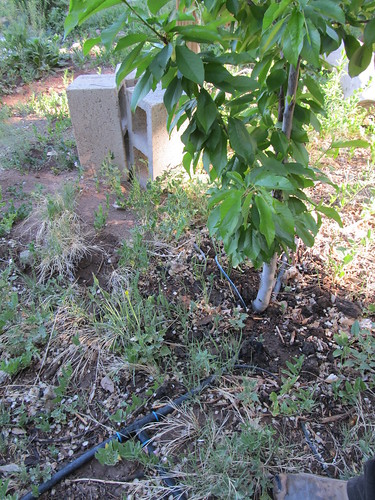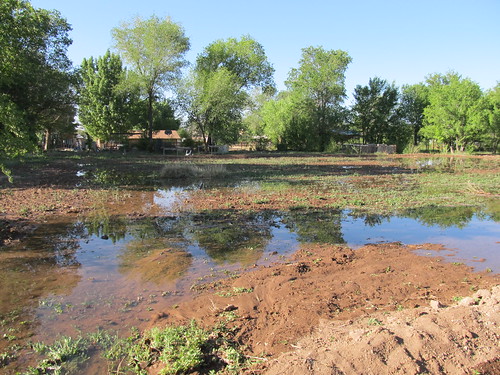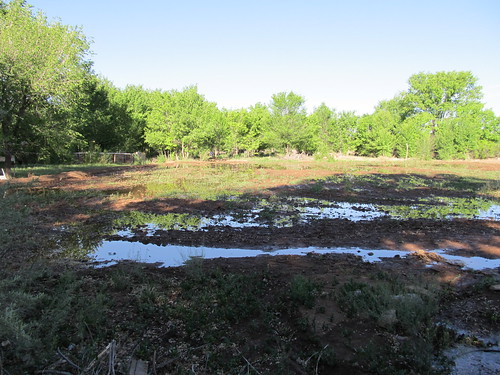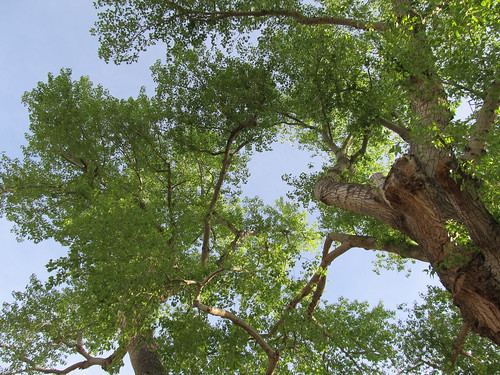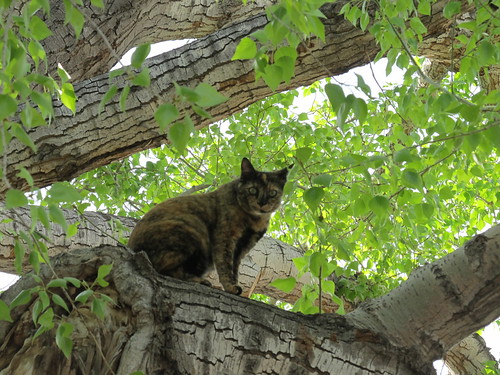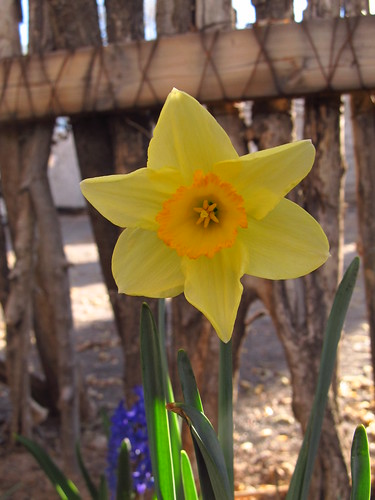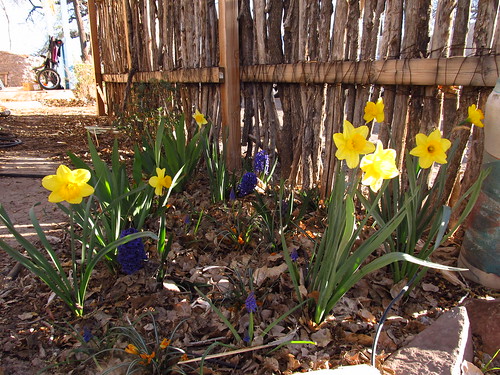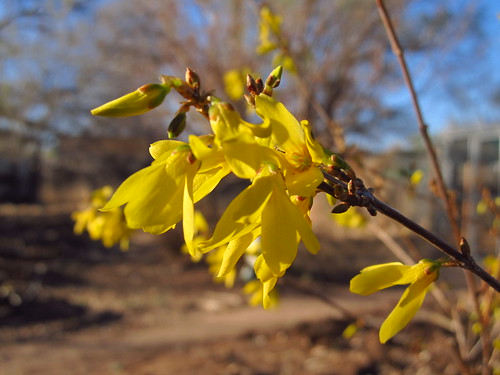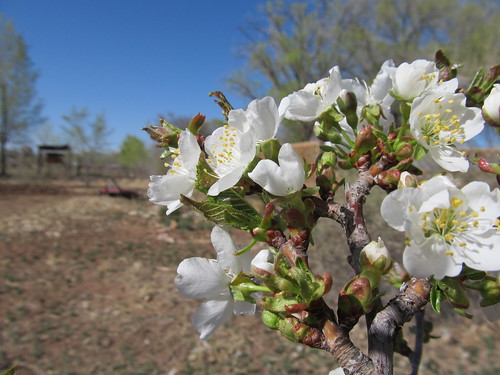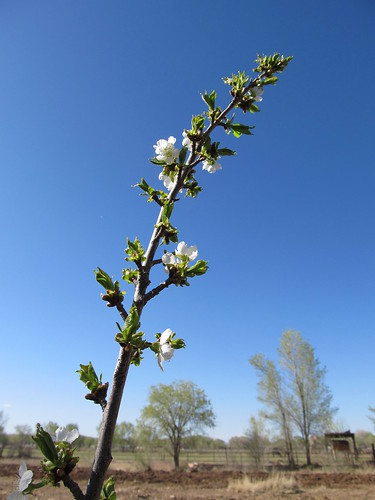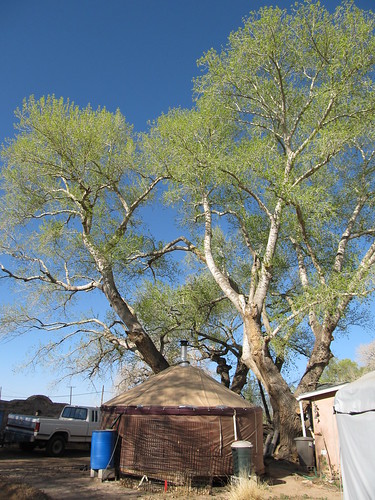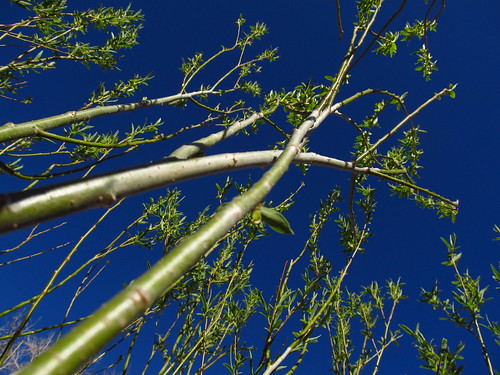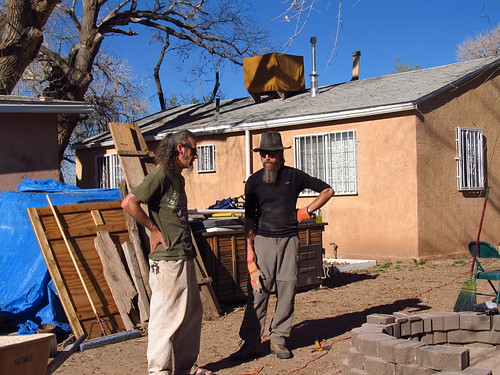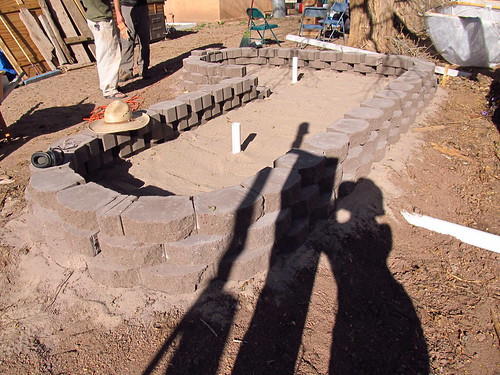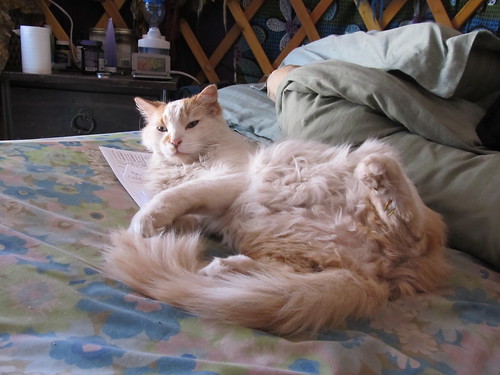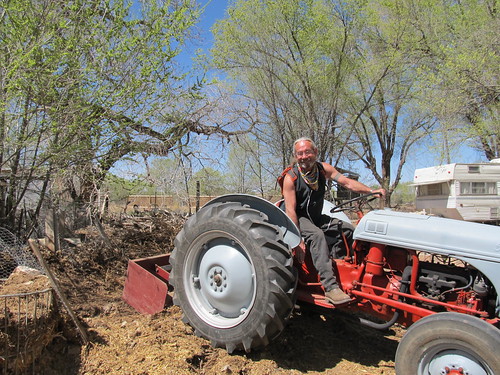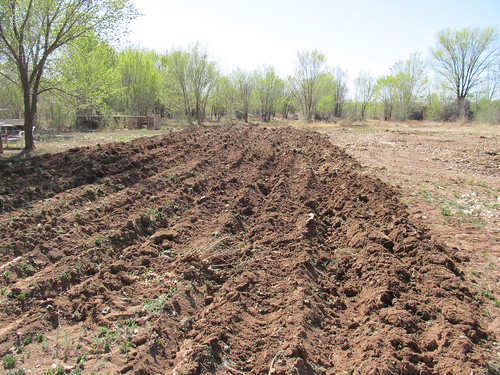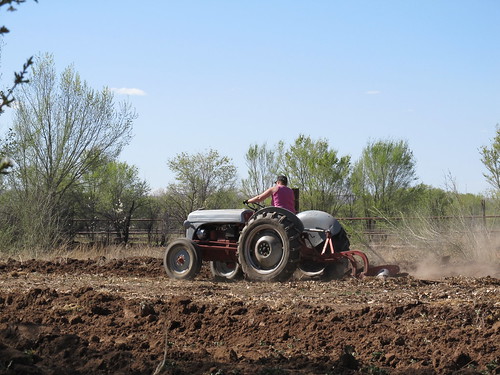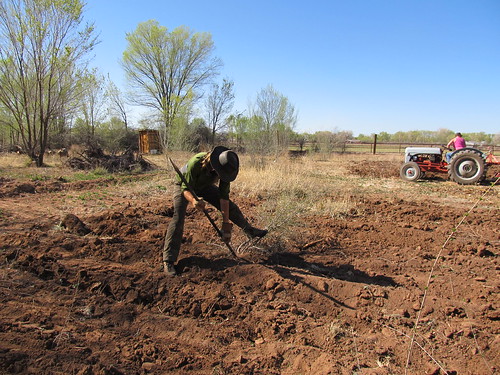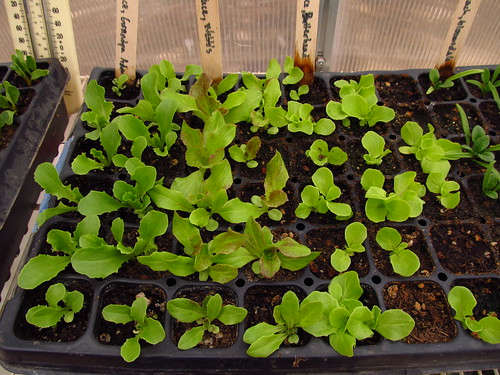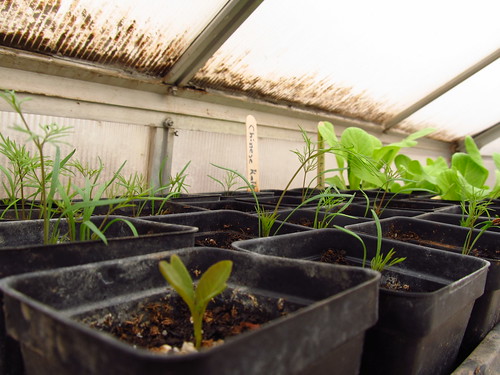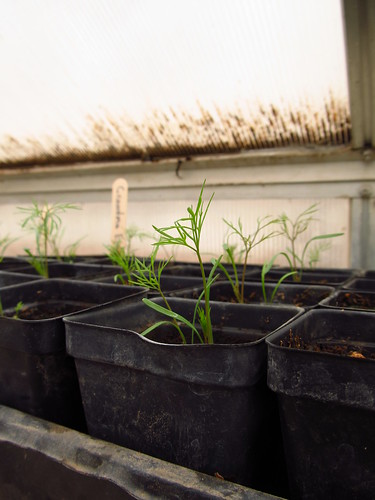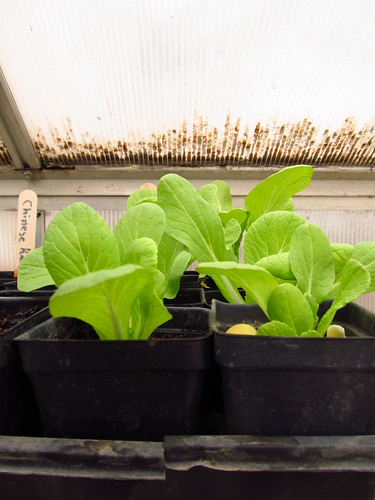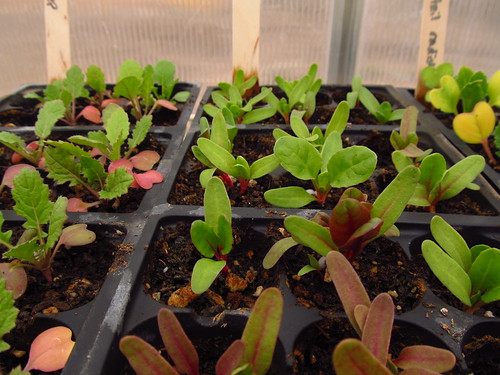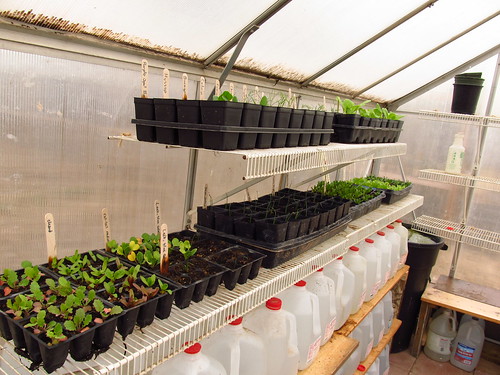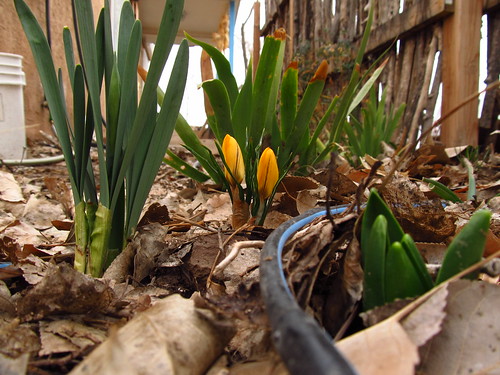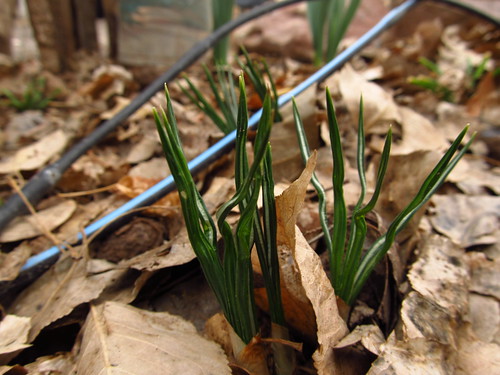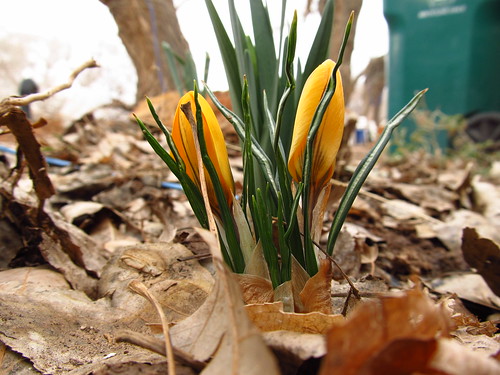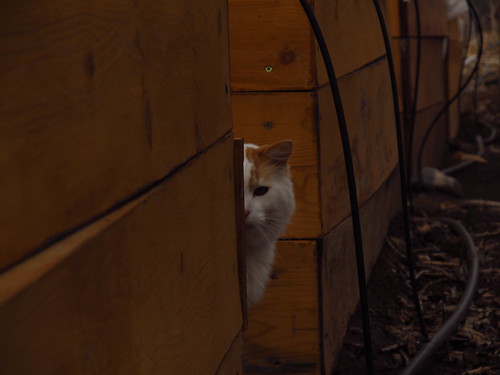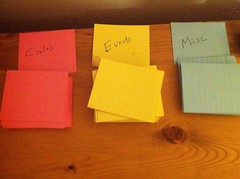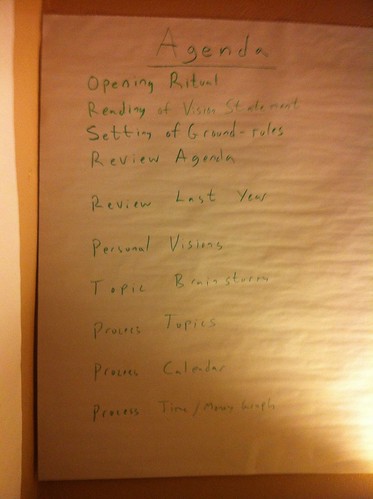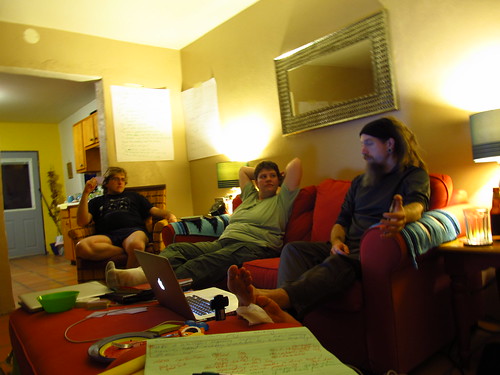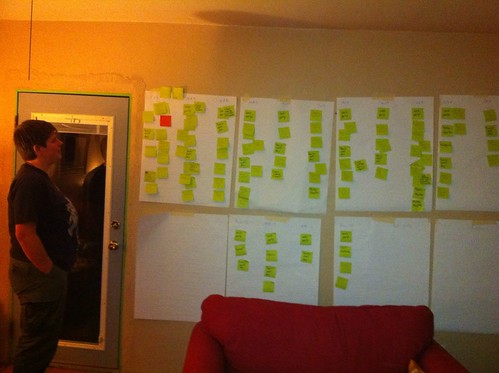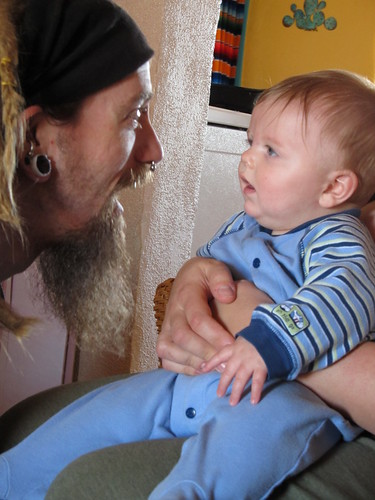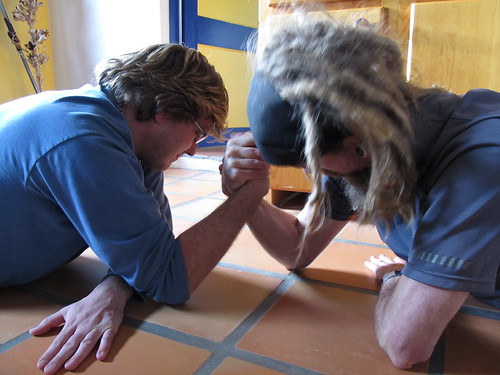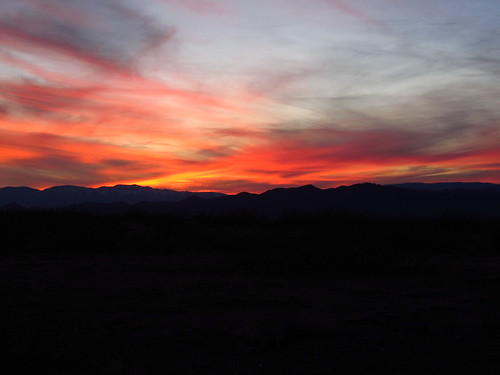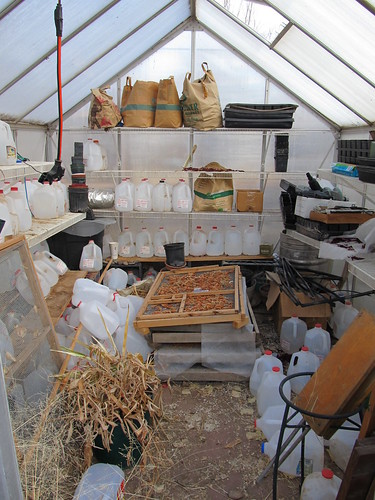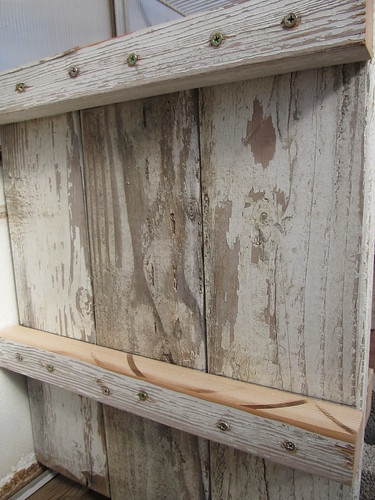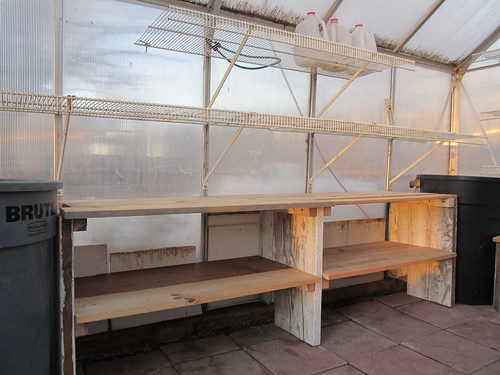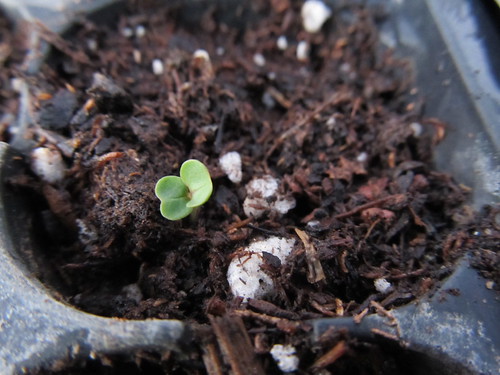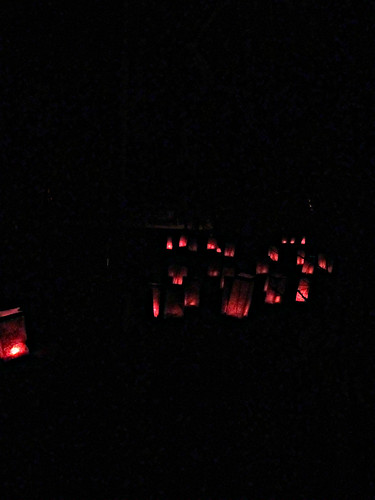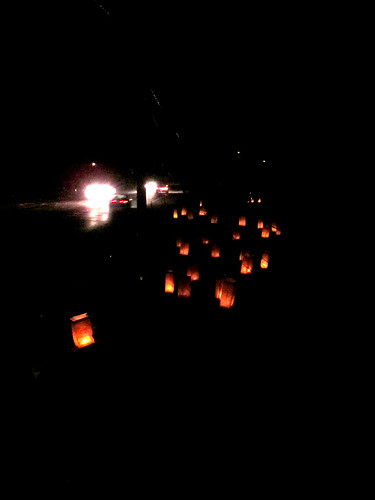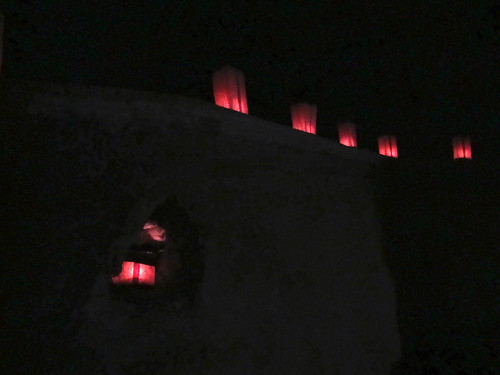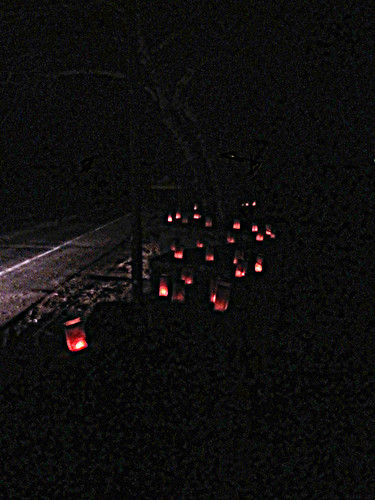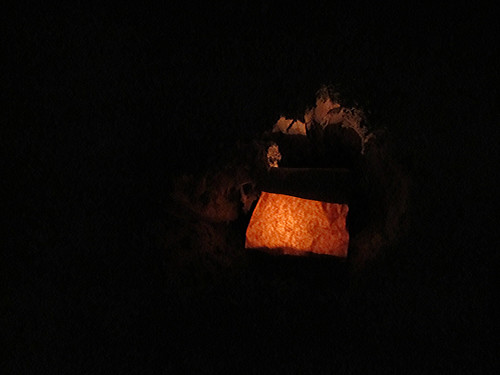we bought the next-door house. formerly Mr Hill’s house. Tristan bought it outright, from his trust. closing was yesterday. it’s all official now, so we can talk about it. :) it’s a hell of a project, but it’s ours. it’ll turn out to be a really good move, once we’re working on it. (Alan said, “we didn’t have enough work around here, so we bought this house.” ha!) more on that in a separate post.
so yesterday was celebrating that, and then also irrigating our field. that was exciting! i called the ditch rider (who is the person whose job it is to schedule water) and he said, “sure, i’m sending water down to Isleta Pueblo today and tomorrow, so just go ahead and open the gate.” so we walked down to the west acequia to do that– and found that it has been blocked by a new turn-out kind of thing. interesting. hopefully nothing to do with us, though it felt un-neighborly. as long as it’s there, we can’t get water from that side, unless we dismantle it. so we went the other way, up to the gate at the acequia madre on the east side. this involved crossing the street, jumping down into the ditch, and following the ditch back to the next big ditch. there we found the right gate — and no way to open it. we decided that, since we had to talk to the Hunsikers across the street anyway, to get the keys for Mahazda (Hill House), we’d ask them how to open it.
So Jenny and I walked over there. George was extremely friendly. We talked over the fence for a while. He gave us the keys, and said several times how happy he is that we have bought that house. He was a good friend of the late Mr Hill. He talked about how he knows we are hard workers (“I see you out here, and I get tired just watching you work! Truth be told, you remind me of myself when I was young.”) and that we will treat that old house right. “It’s a bit run down,” he says, expressing the understatement of the century, “but it’s a good, well-built house.” Then we asked about the irrigation. It took a few tries to make it clear where my problem was, but once we were communicating, he said “oh–you don’t have a wheel. well. will you wait here while i go put my shoes on?” and we did, and he came back with an irrigation wheel, a giant heavy cast-iron thing that fits over the bolt on top of the gate, and lets you screw the gate open or closed. awesome. so we headed back there right that very minute and opened the gate higher than the water line.
two hours later, the water made it all the way to our field. molasses.
Alan, myself, Jenny and our intern Caden went outside with drinks (hey, we just bought a house! might as well celebrate!) to watch it reach the field. when it made it from the dirt ditch to the concreted ditch, it immediately doubled its speed. no more soaking in! of course, that soaking-in recharges the river, so there are pros and cons on both sides, there. but it sure got faster. then it reached the field.
is that water? i think it’s water!

(or: what to do in Abq on a Monday Night.)
we got all excited. it took it another 20 minutes to fully reach the end of the divot. Jenny said, “it’s like we’re watching paint dry.” we rescued a beetle from the water, and got another round of drinks.
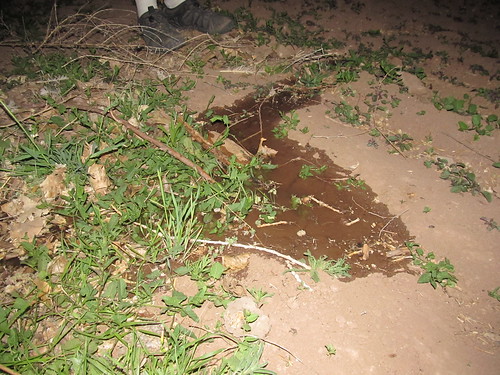
there were bullfrogs (or possibly B-movie monsters) creaking off in the distance, so we made an expedition down the ditch to find them. that worked; Jenny got a photo. they were, in fact, bullfrogs. we came back. water had reached the field. we got very silly.
maybe if i get really close to the water, it’ll look bigger.
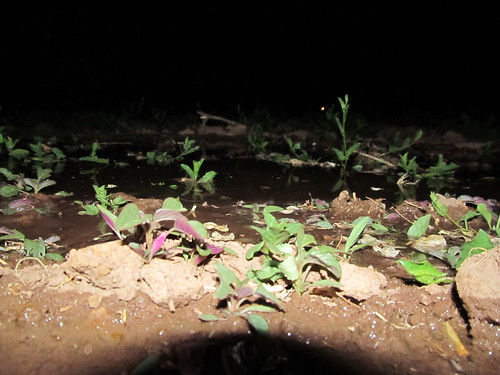
we probably hung out there another hour, watching the water seep slowly into the field, appreciating the cool night air, the incredibly fertile scent of the freshly-watered earth. by the time we went to bed, it was clear that the water would still be slowly seeping when everybody got up the next morning.
when Alan checked on it at 4:30 this morning, it was still chugging slowly along. Tristan checked on it a couple hours later; same story. He went back out a half hour after that, and suddenly, water *everywhere.* The ditch rider had released more water upstream, and the main ditch was suddenly a third again as high as it had been. in that half hour, our field went from modestly complete (with several dry spots), to completely flooding the small ritual ground, breaking through the north and west berms, and *completely* filling the root cellar hole. This was at about 6:30 a.m.
Tristan and Jenny got the gates closed, on our property and at the main gate, and grabbed shovels and filled the breach on the west towards the root cellar. that allowed the water in the field to level out a bit and begin to really soak in. the “road” (it’s a proto-road) is flooded, and we got all the trees along the main ritual ground, as well as the dye beds (and half the ritual ground itself, oops). exciting morning!
newly-repaired berm near the root cellar, where the water broke through.
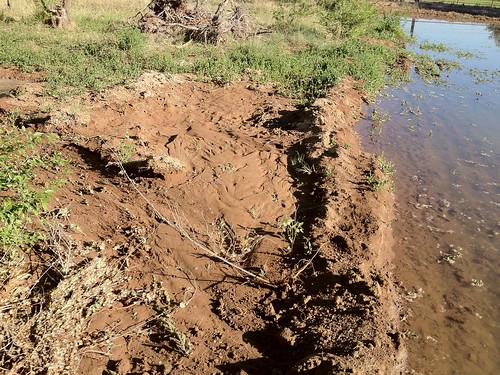
east side, starting to dry out:

we’re going to have an elm or two in here.
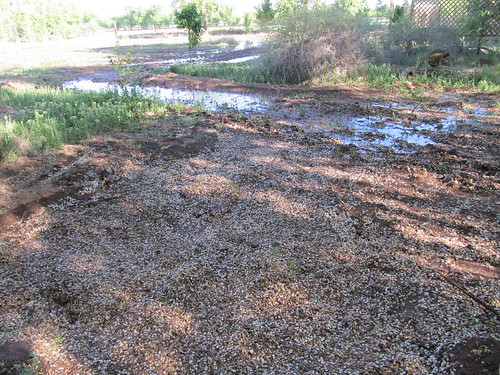
We were trying to flood the field, the fruit trees, flowerbeds & grapes around the main ritual ground, and the whole of the small ritual ground, while NOT flooding the main ritual ground itself, the fire circle, or the road. Or the root cellar, for that matter, though i don’t think it was on anybody’s radar specifically, because we had awesome berms on that side. uh huh. we did flood everything we wanted to. and then some!
the high water line in the ritual ground.
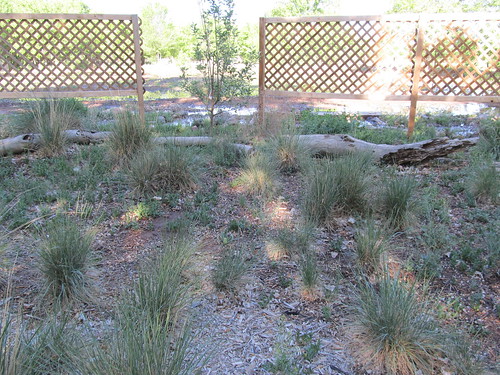
it’s a good thing that “root cellar” presently consists only of a hole in the ground. it’s going to take days (at least) to subside. the road is a muddy wash; we’ll be mincing carefully along the north fenceline, or walking along the south berm path, to get to the back for a week or so.
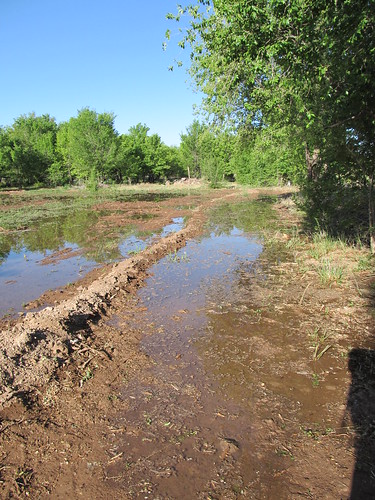
now we get to watch the grasses & weeds come up in the field, build up the sides of our cut-out from the ditch, fix the berms that broke loose and reinforce areas that look like they might go next, remove the drip system from the trees & dye beds, weed the dye beds (guarantee this brought in a thousand million weed seeds) — and schedule our next irrigation day!
also, when i went out this morning, there were ducks in the field. we have wanted to irrigate to make pasture, to water our trees & grapes & flowerbeds better, to change the ecology of the field, and also to create more wildlife habitat. and now, instant ducks! so that was really awesome, too.

